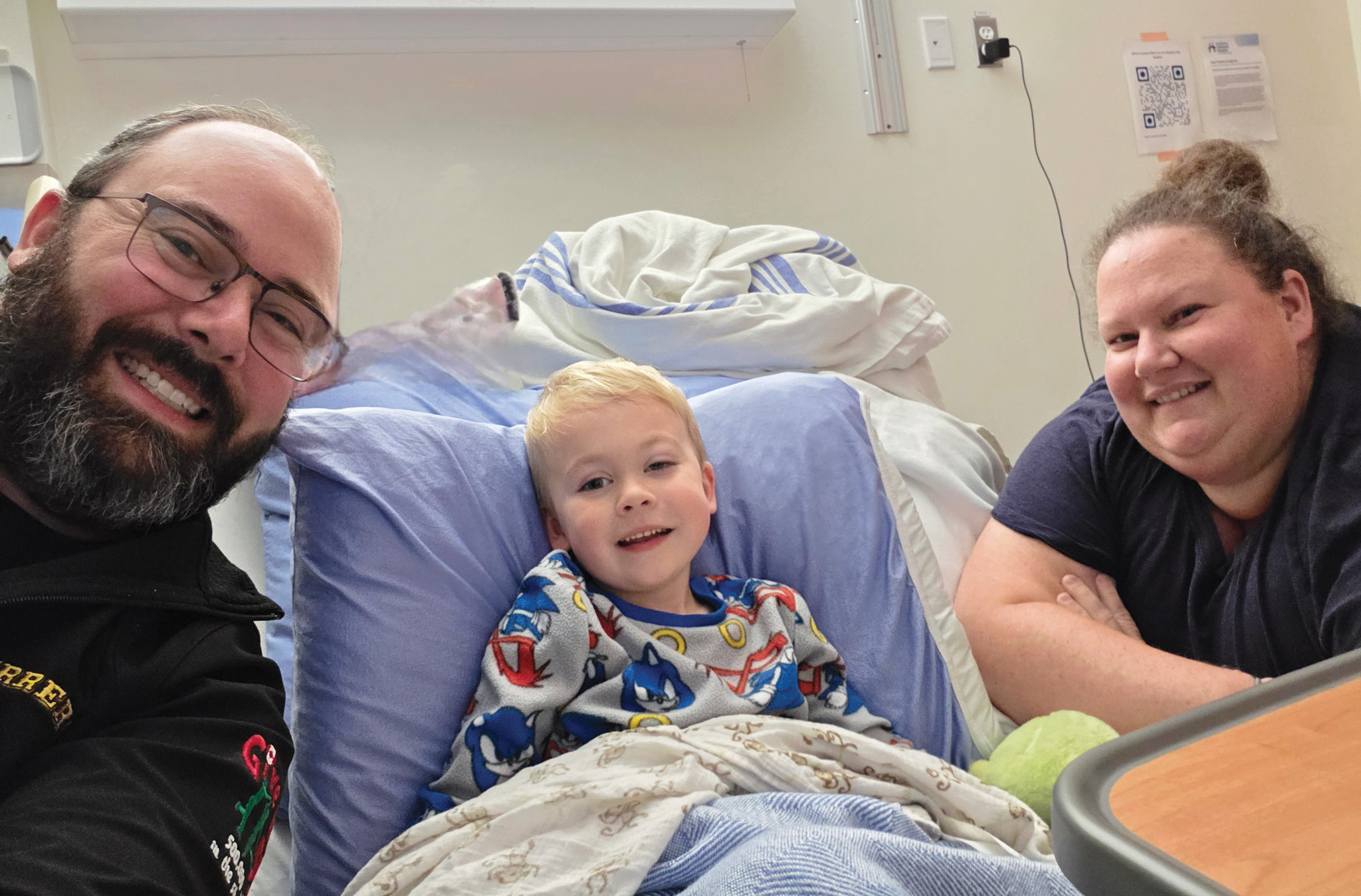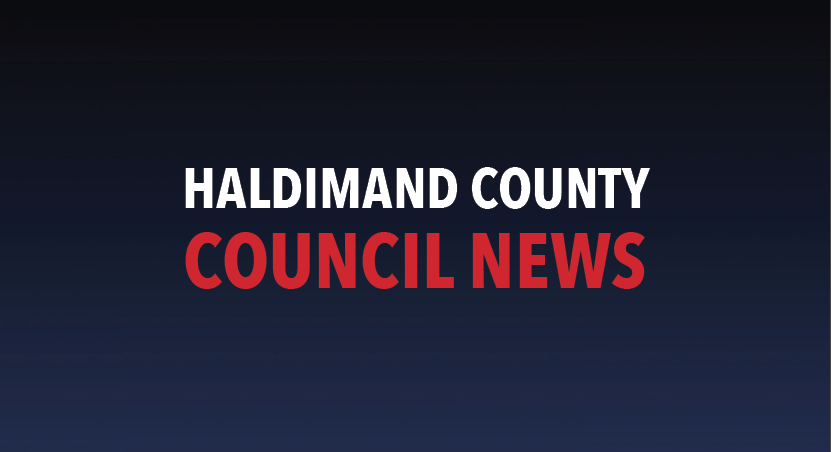To the Editor,
In the face of the overwhelming chaos and terror that ensues from forceful recruitment of innocent children into armed groups, gangs, or even government authorities, we are confronted with an unimaginable reality.
No child should have to decide between picking up a firearm or going to school. These challenges are an indictment of the failures of our society and a reflection of a system that has failed to protect its most vulnerable members: children.
More children are at risk than ever recorded in the past 75 years. As of December 31, 2022, the Secretary-General’s annual report on children and armed conflict reported the highest number of grave violations ever against children at 27,000, up from 24,000 the previous year. These violations include the recruitment of children by armed groups, killings, maimings, sexual violence, abductions, and attacks on schools and hospitals.
Children today are severely suffering because of their vulnerability and inability to refuse participation in armed conflict.
As these challenges worsen, the urgent concern for children’s protection emerging from the denial of humanity against children is coupled with the alarming long-term impacts that these challenges will have on the overall peace and wellbeing of societies.
Children being caught in the crossfire of armed conflict has far-reaching consequences that cannot be ignored. The immediate impacts on these innocent children are nothing short of devastating, both physically and emotionally. Their health and safety are jeopardized and they are robbed of their fundamental rights and freedoms.
Children facing these challenges in times of critical cognitive development are especially at risk of long-term psychological illnesses. As a result, children without proper protection will face severe social and economic inequalities. This risks prolonged political tensions and violence that circulates from a majority of the population being left feeling undervalued and ignored.
As state actors commit to legislative frameworks, it is important to recognize such efforts as only the first step in protecting children. The apparent need for direct action is needed now more than ever. The Children and Armed Conflict agenda is an effective structure to support children’s protection. However, there is a concerning gap in its effectiveness. Therefore, it is the responsibility of local communities to contribute to educating their members on the need for enforcement. Local intervention can better contribute to promoting children’s participation in effective practices.
The Child Policy Checklist is another effective tool for local-level efforts. It promotes the need to adopt a child-centered approach to peace and security and challenge the negative balance between adults and children.
Recognizing that children are agents of change is key to valuing their perspectives to better address their needs.
This call to action is not specific to those areas in which children in armed conflict exist. It is imperative that all communities participate in applying practical efforts.
In reality, we do not know who is suffering around us. It is the responsibility of Canadian societies to learn what is happening in the world around us.
War is not a history of the past, it is the current reality. We need to build and create communities who understand and support these practices in small amounts that can transcend into transformative global change.
By Rachel D’Armiento,
Jarvis





